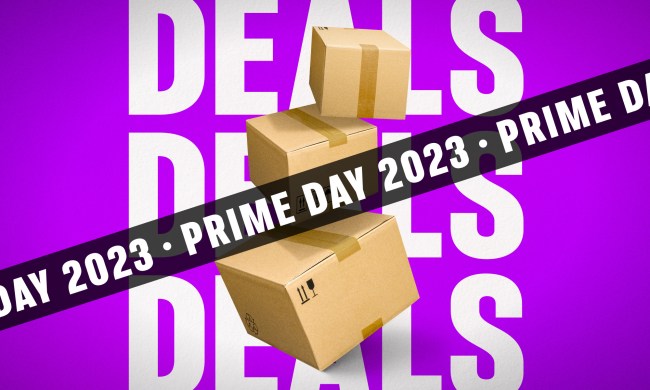The cat’s out of the bag, and it’s all the owner’s fault. On Thursday, online retail giant Amazon may have accidentally let slip when its perennially popular Amazon Prime Day would be in 2018. Mark your calendars, friends, because as per the banner Amazon posted to its U.K. website on Thursday, Prime Day will be July 16. That is less than four weeks from now, so you may want to start taking inventory of what you may need (or realistically, want).
Prime Day has been a huge hit for Amazon ever since it launched in 2015 and it boasts more deals (and better ones) than Black Friday, the largest commerce day in the United States. TechRadar initially noticed the teaser banner, but when contacted for a response to the apparent spillage of the beans, Amazon did not reply.
Another interesting tidbit lies in the report that Prime Day will supposedly last for more than 24 hours, as it will get its start around midday on July 16, and continue through the next day. If we get 36 hours of Prime Day, it will be the longest one yet. In 2017, the sales extravaganza went on for a little more than 24 hours.
2017 was the most successful Prime Day to date, with sales increasing more than 60 percent from 2016, according to Amazon. The day apparently also brought “tens of millions” of new Prime members to Amazon, which represents quite a bit of extra revenue for the company.
Amazon is likely not alone in holding massive sales come mid-July. Prime Day has sparked off something of a bidding war among various retailers, as stores vie for shoppers’ attention. As CNBC notes, last year, Target began its back-to-school sale the same week as Prime Day, and J.C. Penney hosted its own “Penney Palooza” sale online.
While Amazon’s best-sellers during Prime Day are generally their own devices, like the Echo, Kindle, and Fire TV Stick, this year could be a bit different. After all, Amazon has been doing more and more with Whole Foods, and other apparel brands like Nike and Calvin Klein are also now available on the site.



